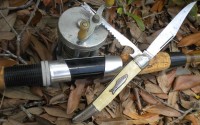How to Choose the Ideal Snowboard for you
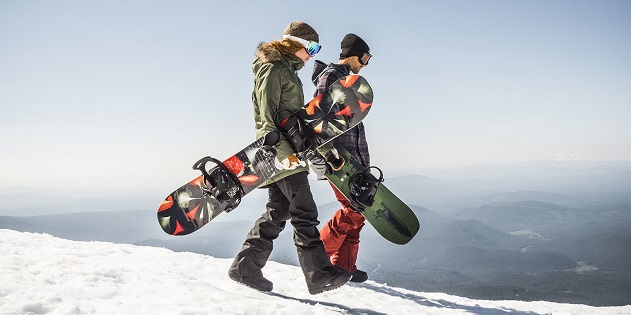
Source: rei.com
Whenever we think of sports, in my humble opinion, we usually think of winter sports last. Instead of some athletic activity, we associate with it snow fights and building snowmen. After all, that’s what most of us did growing up. Once it’s a snow day, everyone goes wild with it. One popular and fun winter activity is snowboarding. And while most people first think of skiing in terms of snow sports, snowboarding has become very popular in the past couple of years.
The name of the sport is pretty self-explanatory. You use a board to glide through the snow. As you do so, you maneuver through the field and control the direction and the speed of the board. It guarantees a thrilling and fun time that’s filled with excitement. However, it’s not just getting on any board and going at it. It’s a sport that requires knowledge, training, and preparation. Regarding preparation, you need to consider the clothes you’ll be wearing, as you have to brace the wind and the cold. Furthermore, you have to be careful of your safety as you can slip. And finally, the centrepiece is choosing the right snowboard.
Dimensions
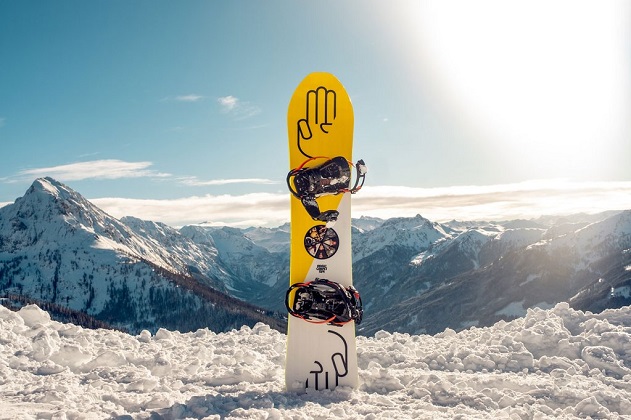
Source: bataleon.com
Before I get into the more complicated details of style and type, the first thing you want to check is the dimensions. Specifically, you need to see if the length and the width of your board match you. Only then can you consider the best snowboards for you.
Length
The easiest way to check if a board right for you is by putting it next to you, and if the top hits your chin, you’re good to go. However, this an old-fashioned method that can cause you problems and accidents while snowboarding. If you want to get the ideal one for you, you should consider your height, weight and ability level. I’ll come back to the last one later in this article.
When it comes to weight and height, don’t worry, there are detailed charts for this. They even account for if you’re a taller but a skinnier person, or vice-versa – shorter, but heavier. To give an example, a 180-centimetre rider with a weight of 77 kilograms should get a 160-centimetre board. On the other hand, a rider of the same height that weighs 100 kilograms should go for a 164-centimetre board.
Width
To determine the best width is much simpler. You need to consider your boot size and how it fits in with your board. The goal is for your boots to hang over the edges, but they shouldn’t touch the snow. If they do so, you might fall over and hurt yourself on hard turns. And if you get the right balance, you can extend your knees and toes to apply leverage to the board and modulate the pressure.
As a word of precaution, you should keep in mind that boot sizes can vary between manufacturers. As such, the outer sole of one manufacturer can be different from another’s. Furthermore, there can be differences in a model from the same manufacturer’s line. Finally, the width can also play a part in the style and type of boarding.
Style
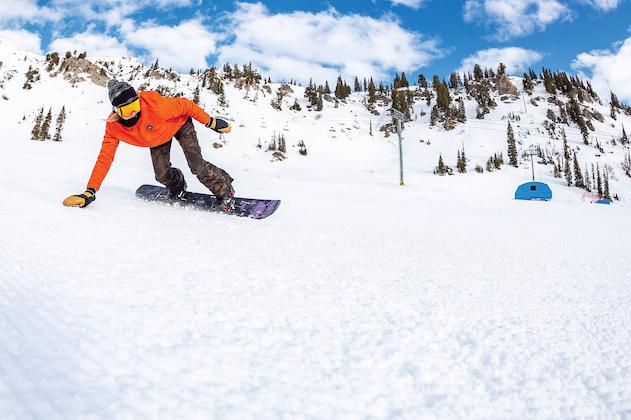
Source: snowboarder.com
A decisive factor that plays a role in your choice is the style. How you plan to use the snowboards is intrinsically linked with certain types of snowboarding. With that in mind, you need to consider the shape and type. Depending on your choice of this, it might also affect the previously explained dimensions. Additionally, another characteristic that contributes is ability. If you want to be safe and have a positive experience, never overestimate yourself.
Types
The first type is the universal one – the all-mountain. The reason for this is that it works well on any terrain as long as there’s snow. Whether it’s powder, park runs, or anything in between, it’s good to go. They’re known for being versatile and are great for beginners.
Freestyle is more specialised, as you use them for fun, playful rides on mountains and terrain parks. If you want to spin, jump, or slide, these are the ideal snowboards for you.
Contrary to the previous two, you use the freeride for off-groomed runs or varied terrain. They are meant for the more adventurous rider, and as such, have a specific shape.
If, however, you want to go for the deep snow that’s been there for days and has piled up, you should opt for a powder one. Otherwise, you risk injury.
Shape
All of the previously mentioned types have a specialised form that lets you use them for their purpose. When looking for the best snowboards, always make sure to also ask for the shape. There are three shapes. The first one is directional, which allows for gliding in only one direction. If you get a freeride or all-mounting board, then it’s probably directional. Furthermore, they have a stiffer tail and a softer nose for stability. The nose is at the top, and the tail is at the bottom.
Next are true twins boards, which are symmetrical and are great for freestyle riding. Freestyle is also shorter in length to allow for more freedom. The last one is asymmetrical, which follows the idea that our bodies aren’t symmetrical, so why should our boards be?
Benefits of Buying Instead of Renting
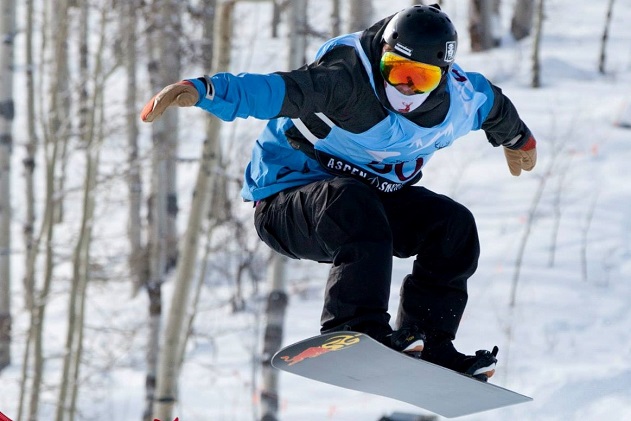
Source: skierandsnowboarder.com
If you’re wondering: “Why do I need to buy my equipment when I can rent it?”. Well, several advantages come with owning your board and having complete control of it, as well as owning other accessories.
Suitability
The greatest one is that it will be solely for your body type and style. You won’t have to worry about the quality or the guarantee of success and pleasure.
Consistency and Long-Term Use
If you buy a specific type of board, you can use it for a long time. Therefore, you’re becoming familiar with its nature and the performance it allows. Accordingly, you become more consistent and a better snowboarder. Moreover, it can save you money in the long run, especially if you’re constantly going somewhere to board. Instead of renting every time, buy it once and get the best value for your money in the long run.


